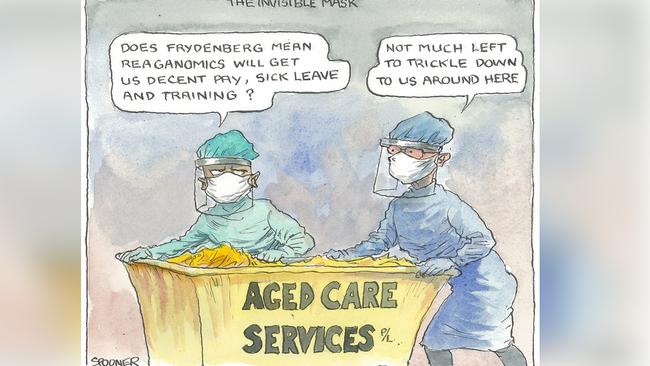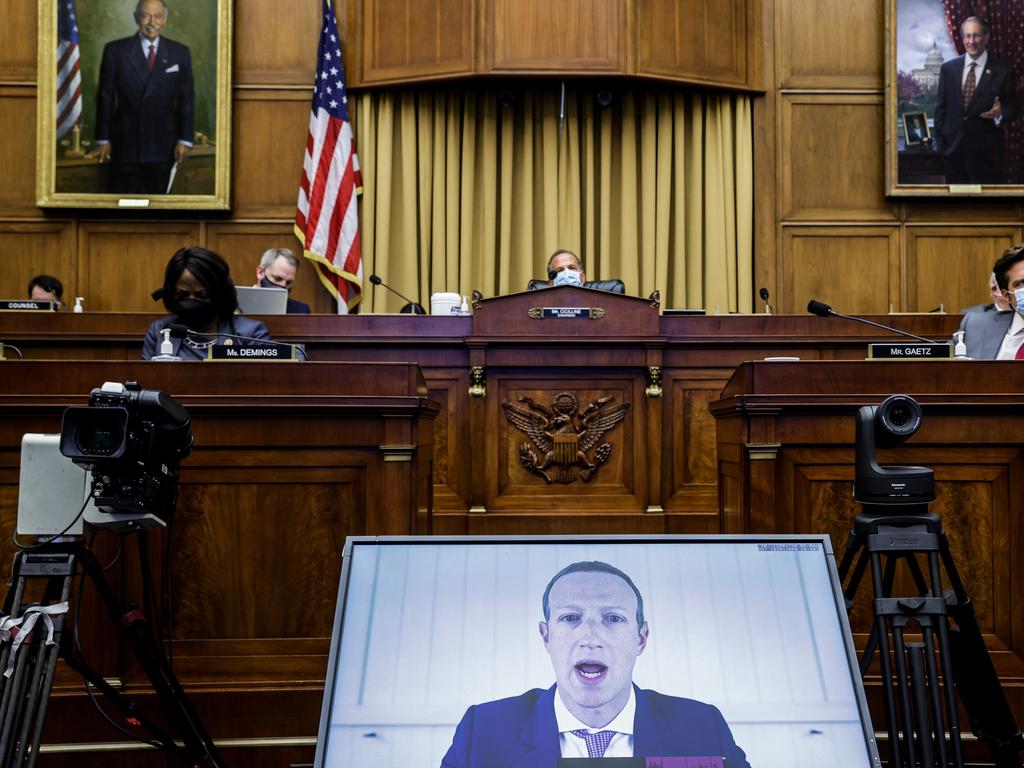
It can’t really be classed as an upside from COVID-19, but reality is being played on the front pages each day.
The latest figures from the Aged Care Finance Authority says that, at an operational level, aged-care services have $14.4bn in current assets and $35.4bn in liabilities, which on any reading spells insolvency.
There is what some insiders decry as an “Olympic Games of finger-pointing” going on as everyone blames someone else for the problems and somehow someone has to take the leadership in working out what to do next.
The sector has sadly in years past been host to more shady characters than is necessary and an array of government regulations have not delivered for the patients.
Some operators have worked on the belief that more permanent staff offers the best chance of better service, while others have seen a flexible labour force as a way to make more money.
Existing facilities are not made to control infections, with shared bathrooms and long hallways making it difficult to isolate.
Existing stock, then, needs replacing.
The funding model has come under attack because, based on a so-called aged-care bond in an era of low interest rates, income has fallen as care needs increase.
The to-do list just from this short survey shows an industry that needs a better financial footing, a more skilled long-term workforce and an upgrade in facilities.
Sadly, according to Australian Unity’s Rohan Mead, the industry instead has suffered under severe short-termism.
The challenge is that these needs come at a time when, clearly, government funds are limited.
The human tragedy is one thing; the governance tragedy is another, and it’s not as if people haven’t been ringing the bell on the issues for years. Swinburne University’s John Poellars for one chaired the Aged Care Workforce strategy in 2018 and has since complained about the lack of action on his reform suggestions.
They were based around the need for skill upgrades across the board and “strong leadership to bring about a change of attitude community-wide towards ageing and dying. Changing attitudes need to be driven by industry, all levels of government, together with the community.”
The hope is that by now there will be a community recognition that the problem is serious and in need for change.
Mead’s glass half full
Australian Unity’s Rohan Mead takes a glass-half-full approach to the reform agenda before the government, even against the wall of woes in deficits and pandemics
The Victoria infections, as stated previously, have broken the national unity ticket in the national cabinet and threatened to consume Canberra as it heads towards the October 6 budget.
Mead takes the long-term view and the fact there is no single cure to the nation’s problems, so each reform step is a move in the right direction.
Job creation, he acknowledges, is clearly the priority and within this as head of the BCA’s health task force he would like a breakthrough from the “hectic standstill” on healthcare reform.
COVID-19 has finally brought telehealth into reality and now the trick is to make it more useful.
This comes from the view that the more we can access healthcare from home, the more lives are saved by not driving on the road.
Prescriptions for key drugs from cholesterol to antidepressants to hypertension and heart control medicines should be accessed from home.
Physiotherapy can also be employed through digital transmission of procedures with the right support mechanisms.
Imaging and testing from home and big data to improve diagnostics are also on the list of improvements that can be made via digitisation and telehealth.
The more people can be treated out of hospital the better it would be for the national health system, which is a drum Medibank’s Craig Drummond has banged for some time.
COVID-19 has also shown that public and private sectors can work effectively to deliver better service.
The aim is to make the patient the centre of the health system so you get to the point where the doctor will be told the patient is ready to see you now. This is done because, from home, the patient can access more services and manage their care better.
The hope is that now the step has been taken into telehealth, the barrier has been broken and the revolution can begin.
Historically, Canberra has opposed telehealth on the grounds it would open the system to abuse because doctors cloud Medicare by charging for multiple services that are not really offered.
COVID-19 created a new reality, which insisted that telehealth be adopted, so now the push is to take the task into the wider health network. This would also potentially open more service to private health cover.
ASIC’s serve at Mitchell
ASIC threw the book at former Tennis Australia vice-president Harold Mitchell and its president Stephen Healy, but in the end got just three counts against Mitchell.
Healy was cleared of allegations he breached his director’s duties, and Mitchell was found to have breached them on three counts.
ASIC said in a statement that Justice Jonathan Beach stated that Mr Mitchell “stepped over the line” in his dealings with Bruce McWilliam of the Seven Network, which had the tendency to “undermine the stance and approach of then Tennis Australia chief Steven Wood” in his negotiations for the broadcast rights.
The case centred on the decision in 2013 to award the Australian Open domestic broadcast rights to the Seven Network for the period 2014 to 2019.
In March 2018, TA awarded the broadcast rights for the Open for 2020 to 2024 to the Nine Network.
The lengthy 423-page judgment was dismissive of most of ASIC’s arguments, but advertising guru Mitchell would no doubt have preferred all allegations against him cleared.
ASIC’s Daniel Crennan said in a statement the judgment sent an important message to company officers in discharging their duties.








The aged-care tragedy being played out each day in the newspapers at least is highlighting a reality the sector has been talking about for years — the system is fragile and in a matter of years faces a deluge as demographics translates into more people over the age of 80 needing its services.